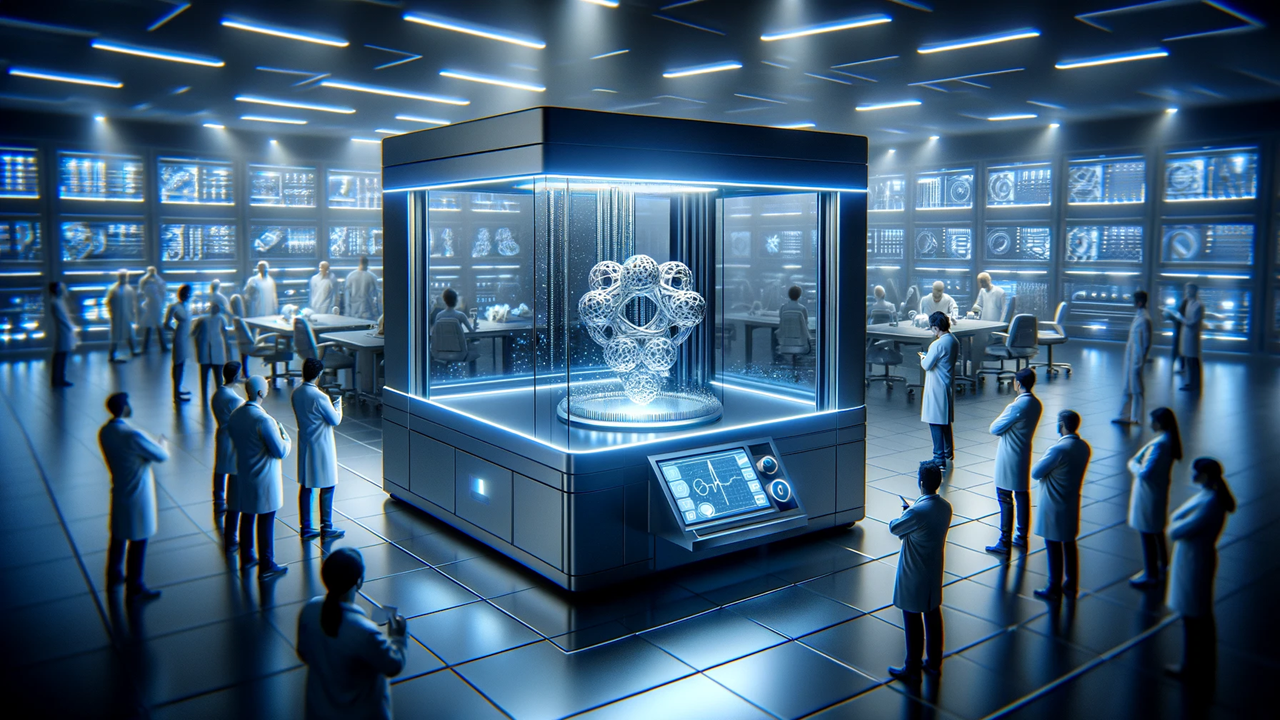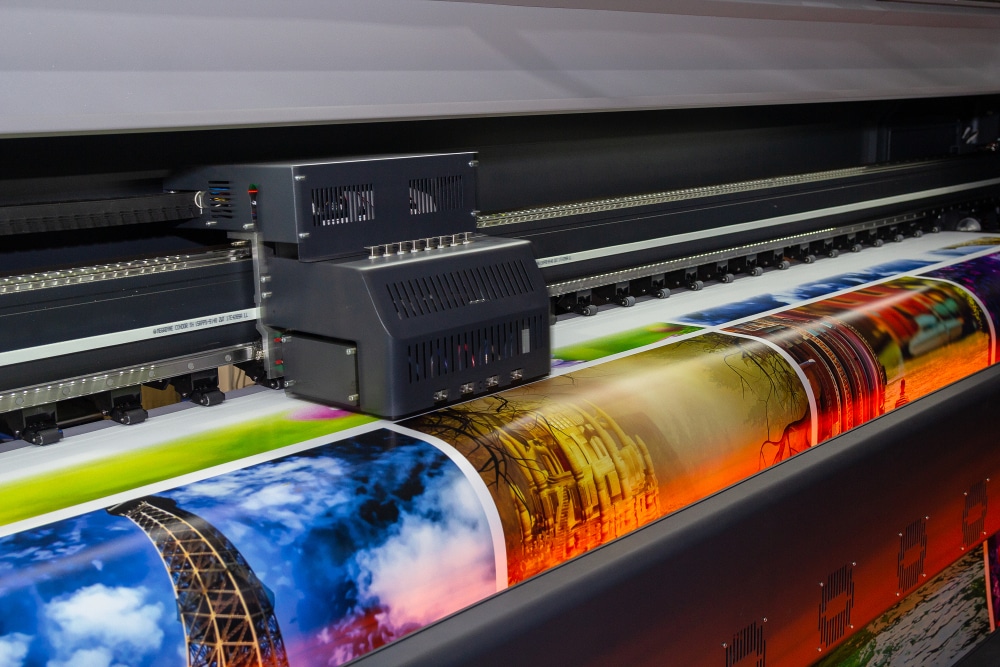Layout design is the cornerstone of visual communication, playing a pivotal role in how information is organized and presented to an audience. Whether in print or digital media, the layout serves as a bridge between content and reader, guiding the viewer’s eye and shaping their understanding of the message. At its core, the art of layout design is about striking a delicate balance between aesthetics and functionality.
A successful layout design seamlessly integrates form and function, creating a harmonious visual experience that enhances the content it presents. Aesthetic considerations such as typography, color, and imagery are essential elements that capture the viewer’s attention and evoke an emotional response. From elegant serif fonts to vibrant color palettes, the aesthetic choices made in layout design contribute to the overall look and feel of a piece, conveying mood, tone, and personality.
However, aesthetics alone are not enough to create an effective layout design. Functionality is equally crucial, ensuring that the design serves its intended purpose and facilitates ease of navigation and comprehension for the audience. The layout must prioritize clarity and readability, organizing content in a logical and intuitive manner that guides the viewer through the information hierarchy.
One of the key principles of layout design is hierarchy, which involves establishing a clear visual structure that emphasizes the most important elements and guides the viewer’s attention accordingly. Through strategic use of size, color, contrast, and whitespace, designers can create visual cues that help viewers navigate the layout and understand the relative importance of different pieces of content.
Grid systems are another essential tool in layout design, providing a framework for organizing content and maintaining consistency across multiple pages or screens. By dividing the layout into columns and rows, grid systems help designers achieve balance and harmony, ensuring that elements are aligned and spaced in a visually pleasing manner.
In addition to hierarchy and grid systems, typography plays a crucial role in layout design, serving as both a functional and aesthetic element. The choice of typefaces, font sizes, and spacing can significantly impact readability and comprehension, making it essential for designers to select fonts that are appropriate for the content and audience.
Whitespace, or negative space, is another fundamental aspect of layout design, providing breathing room for content and helping to reduce visual clutter. By strategically incorporating whitespace around elements, designers can create a sense of balance and focus, drawing attention to key information and enhancing overall readability.
Ultimately, the art of layout design lies in the delicate balance between aesthetics and functionality. By carefully considering the interplay of form and function, designers can create layouts that not only look beautiful but also effectively communicate the intended message to the audience. Whether in print or digital media, mastering the art of layout design is essential for creating compelling visual experiences that resonate with viewers.


